ZEISS SmartLife Progressive lenses
See you best with ZEISS progressives
At approximately the age of 40, the ability of the eye to focus on near objects decreases by a natural process called presbyopia. Single vision reading lenses can be prescribed to alleviate presbyopia, bringing near objects back in to sharp focus, however the concern remains that objects at middle or far distance remain blurred whilst looking through the glasses. Multifocal or progressive lenses overcome this common limitation of reading lenses, by providing sharp vision from distance to near, and every intermediate distance.
ZEISS SmartLife Progressives
In general, all progressive lenses have 4 distinct areas or zones of vision. The location and size of each of these zones varies greatly amongst different lens models, and is also significantly influenced by other parameters such as your prescription, frame size and shape, and eye position within the frame. Each of these factors must be carefully considered before we make recommendations on the lens design that will best suit your needs.

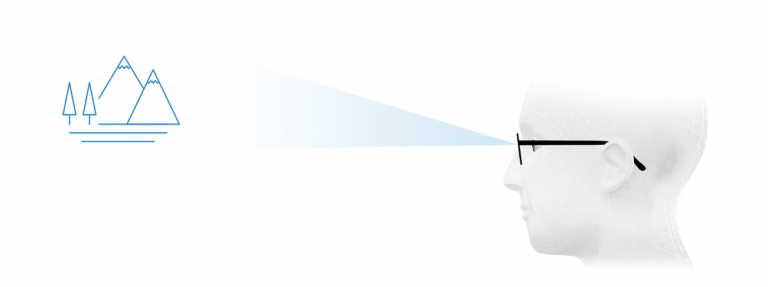
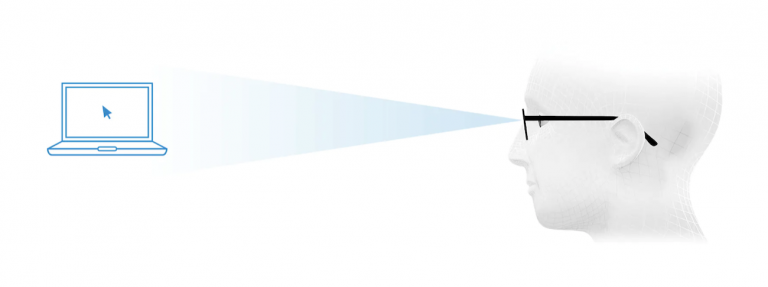
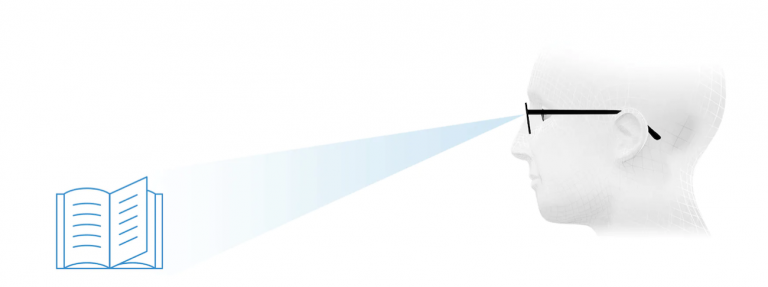
The ZEISS progressive lens range
-
 Precision Pure
Precision Pure -
 Precision Plus
Precision Plus -
 Precision Superb
Precision Superb -
 Precision Individual
Precision Individual
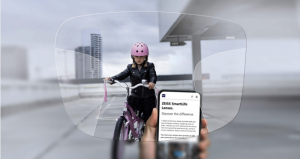
- Strain-free and clear vision for print media and digital device usage for people aged 40 and above
- Near vision zone is extended vertically and horizontally to provide relaxed and natural head posture
- Fast focus and good dynamic vision all day long, even for the challenges of todays world
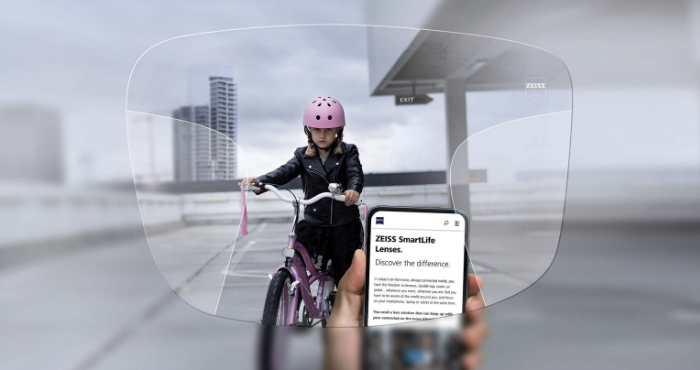
- Experience better and more natural vision no matter what frame is chosen
- Fast adaption to the lenses - in any frame
- Strain-free and clear vision for print media and digital device usage for people aged 40+
- Near vision zone is extended vertically and horizontally to provide relaxed and natural head posture
- Fast focus and good dynamic vision all day long, even for the challenges of todays world

- Optimised visual zones based on frame size and position as well as the fit of the frame on the nose and ears
- Experience better and more natural vision no matter what frame is chosen
- Fast adaption to the lenses - in any frame
- Strain-free and clear vision for print media and digital device usage for people aged 40+
- Near vision zone is extended vertically and horizontally to provide relaxed and natural head posture
- Fast focus and good dynamic vision all day long, even for the challenges of todays world
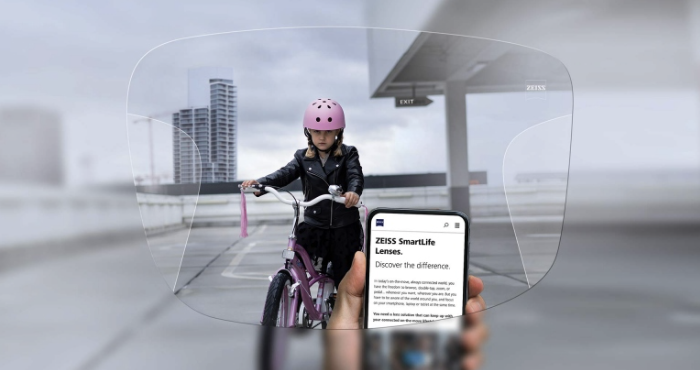
- Best natural vision tailor-made for each individual and their main daily
- Optimised visual zones based on frame size and position as well as the fit of the frame on the nose and ears
- Experience better and more natural vision no matter what frame is chosen
- Fast adaption to the lenses - in any frame
- Strain-free and clear vision for print media and digital device usa
- ge for people aged 40+
- Near vision zone is extended vertically and horizontally to provide relaxed and natural head posture
- Fast focus and good dynamic vision all day long, even for the challenges of todays world
What you are likely to experience when getting used to progressive lenses
- Areas of soft focus at the edges of the lenses.
- More head movement – and less moving of the pupils, especially for near distances, since the field of view for near-distances is located in the lower part of the lenses.
- On the whole you have to get used to the individual areas of vision and their position in the spectacles: in the lower area you will see short viewing distances clearly. If you look in the distance, you will have to do this using the upper portion of the lens to obtain clear vision.
All of this is completely natural, and will diminish within a short period of time – as you quickly adapt to your progressive lenses. However, more importantly: You should wear your new progressive lenses daily from the very beginning – from morning until evening. And age makes no difference, though the earlier you start wearing them, the easier it is to get used to them.
First time wearers may take a little time to adapt to new lenses
The rate of success for modern progressive lenses is nowadays extremely high. Nevertheless, it is important that the wearer takes time to get used to their new progressive lenses. The eye and the brain have to learn to adjust to the different refractive powers of the lenses. Here is an example: When someone wearing progressive lenses climbs stairs, they will look through the lower portion of their lenses. In progressive lenses, this is the area that is adjusted for a reading distance of approximately 40 centimetres. The stairs are, of course, depending on their size, clearly further away. Thus the stairs will be viewed with distortion. The good news: The sense of sight is highly complex – and it is also a very adaptable system. Within a short period of time, it is able to learn and to adapt to new viewing conditions; so when climbing the stairs, a wearer simply points their head somewhat further downwards.
Some tips for adapting to progressive lenses
- Read a text keeping your head relatively straight at first and slowly lowering your gaze. Then you’ll see clearly through the lower part of the lens. When you turn your head to the side, the text will slowly move out of focus. The lateral areas of the progressive lenses can be used for orientation; to see clearly, look straight at the text. When you raise your eyes again after reading, you’ll be looking through the distance zone of the progressive lenses and you’ll see things clearly at a distance. Look out of the window and tilt your head backwards. The image will become blurry, because you are no longer looking through the distance zone of the lenses. Move your head back into the normal position and you’ll see clearly again.
- Look at something at an intermediate distance, such as a computer screen. By moving your head up and down slightly, you’ll quickly find the area of the lenses that corresponds to that distance. After a short familiarisation period, you’ll automatically look through the right parts of the lenses
